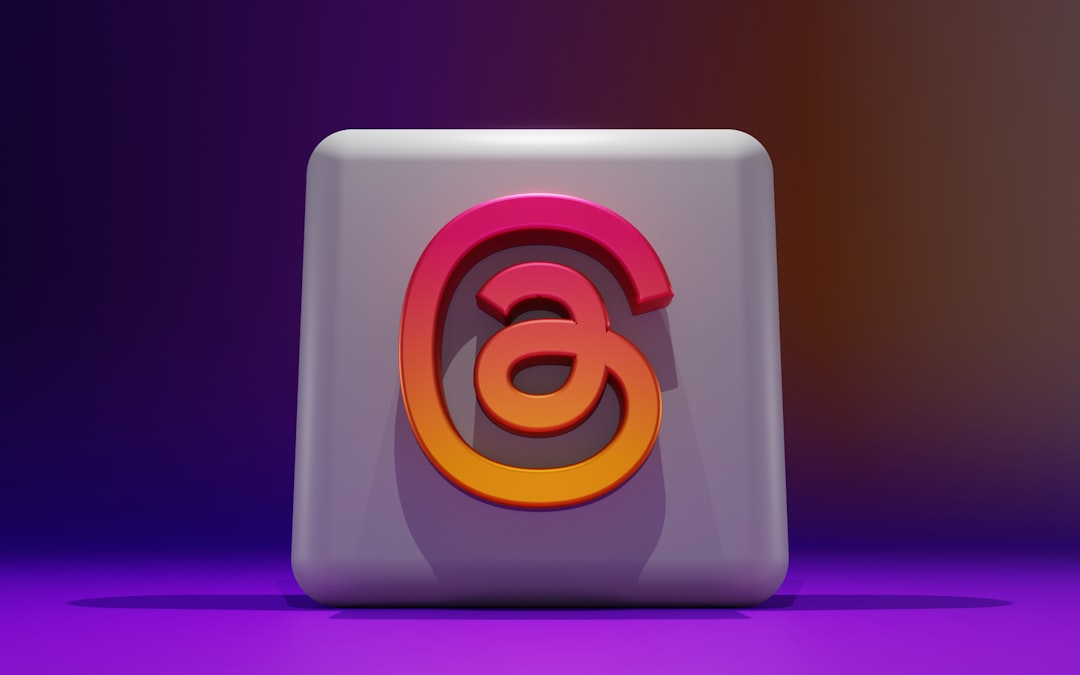Ever stopped to wonder what all the stuff in an email address means? If you’ve ever scratched your head at email symbols or parts, you’re not alone. Let’s dive into what makes up an email address, piece by piece. It’s simpler than you think—and kinda fun too!
What Is an Email Address?
An email address is like your street address, but for sending and receiving messages online. Instead of writing to someone’s house, you type their email and click *Send*. Your message travels across the internet and lands in their inbox.
But what exactly is inside that string of words, symbols, and dots? Let’s break it down!
The Basic Structure
Every email address follows the same basic format:
username@domain.com
Let’s split this into parts:
1. Username
This is the name of the person or account you’re emailing. It comes before the @ symbol.
- It’s usually someone’s name, like alex or jane.doe.
- It can also be a department, like support or info.
- Sometimes it includes numbers—especially if the name is already taken.
2. @ (The At Symbol)
This little guy is important! It tells the email system where to send the message. It separates the username from the domain.
Think of it like saying: “Send this to Jane at Gmail.”
3. Domain
The domain is where the email lives. It tells your computer what server to talk to. For example, in jane.doe@gmail.com, the domain is gmail.com.
A domain usually has two parts:
- The Mail Server – like gmail, yahoo, or outlook
- The Top-Level Domain (TLD) – like .com, .org, or .edu
Put it all together, and you get a working email address!

Why Is the @ Symbol So Special?
The @ symbol isn’t just cute—it’s powerful. Before emails came along, the @ was rarely used. Then in 1971, a man named Ray Tomlinson sent the first email and picked @ to link users with their mail servers.
Now, it’s the heart of every email address on the planet!
Email Username: What You Can Use
Usernames in emails can look pretty creative, but there are some rules. You can use:
- Letters (a–z)
- Numbers (0–9)
- Dots (.)
- Underscores (_)
- Hyphens (-)
But you can’t use spaces or special characters like *, %, or $.
So if you want to be cool@now.com — sorry, you’re out of luck. But cool_now@awesome.com? That works!
Common Domains You See Everywhere
You’ve probably seen these domains before:
- gmail.com
- yahoo.com
- outlook.com
- icloud.com
These are provided by big email services. But sometimes people use custom domains, like:
- marie@bakingchampion.com
- hello@webdevdesign.org
These are used by businesses, bloggers, or anyone who wants a unique email identity.
Let’s Talk About the Dot (.)
The dot is more than just a space-filler. It can help organize email names.
Example: jane.doe@gmail.com is different from janedoe@gmail.com.
But wait—that’s not always true! Gmail, for example, ignores dots. So jane.doe is the same as janedoe and even j.a.n.e.d.o.e.
Some systems do count the dots, though. So always check with your email provider to know the rules.
Subdomains – Just a Bit Extra
Sometimes, emails are hosted on subdomains. These are smaller parts under a main domain.
Example: user@mail.school.edu
Here, mail.school.edu is a subdomain. It can help organize big systems like schools or companies.
Case Sensitivity: Does Capitalization Matter?
Good news: most email systems are not case-sensitive. So JaneDoe@Gmail.com is the same as janedoe@gmail.com.
But… It’s polite to stick with lowercase, because that’s the standard.

Throwaway and Temporary Emails
Ever see something like: 8xYz@tempinbox.com?
That’s a temporary or *disposable email*. These are used when you need a quick inbox for signing up for stuff. Just don’t use them for important accounts. They vanish fast!
Plus Signs + Email Aliases
This is a cool trick! Some services let you add a + after your username to create email aliases.
Example: jane.doe+shopping@gmail.com
This still goes to jane.doe@gmail.com, but helps filter your messages.
You can use this for:
- Signing up for newsletters
- Organizing work vs. fun emails
- Seeing who sells your email (sneaky, right?)
International Email Addresses
Did you know you can have an email in a different language? Yup—it’s called Internationalized Email.
Example: 用户@例子.公司 (That’s Chinese!)
Modern email systems support these now. Pretty cool globalization moment!
Pro Tips for Choosing an Email Address
Here are a few smart tips to help you pick a great email address:
- Be simple. Use your name or initials.
- Be unique. If your name is taken, try adding numbers or dots.
- Stay professional. Avoid silly names if you’ll use the email for work.
- Use domains you trust. Stick to well-known providers.
What Happens Behind the Scenes?
When you send an email, your computer uses the domain to find where to deliver it. It asks special computers called Mail Servers. These check that the email exists, grab your message, and deliver it to the inbox. All this happens in seconds!
Pretty amazing, right?
In Summary: Email Addresses Are Simple Once You Know the Parts
Let’s wrap it up with a quick review. Every email has:
- Username – who you’re emailing
- @ Symbol – the separator
- Domain – where the email lives
You can toss in dots, plus signs, and even multiple languages. But in the end, it’s all about sending a message from one person to another. Easy, right?
So the next time you type out an email, smile a little. Now you know what all those parts mean—and why they matter!



